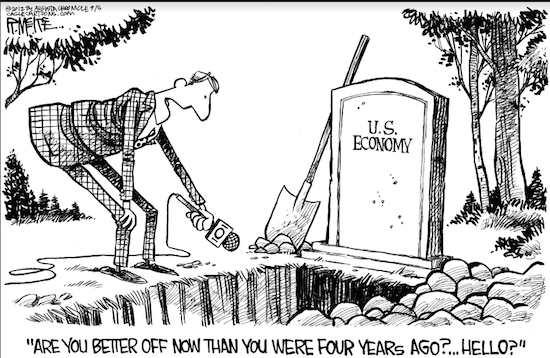OPINION: Dear Mr. Mayor

Over the past three years, the city’s affordable housing initiative — Housing New York — has financed 62,506 affordable homes and purports to be ahead of schedule in reaching its goal of creating or preserving 200,000 units of affordable housing in 10 years. However admirable this progress, it is largely based on a model that continues to place power primarily in the hands of for-profit developers at the expense of community input and control.
As we move into this new year, I would urge you to consider housing development models that fully embrace community involvement: specifically land banks and community land trusts. By enacting The New York State Land Bank Act of 2011, the New York state Legislature recognized the need for more nonprofit organizations to be involved in the work of developing vacant, abandoned or foreclosed properties for the communities greater good.
Attorney General Eric Schneiderman’s Land Bank Community Revitalization Initiative has made significant investments in this promising model, although it is heavily focused on land banks in the Hudson Valley region and upstate New York. New York City residents would benefit from an increased local focus on land banks as a means to increase both the production of affordable housing and community input and control. By definition and charter, nonprofit organizations have a different mission than for-profit developers and several distinct advantages. They generally have long-standing ties to the communities they serve and are governed by board members who reflect the community’s values. Nonprofit land banks and community land trusts deserve a larger voice and additional seats at the city’s affordable housing development table.

Brooklyn Boro
View MoreNew York City’s most populous borough, Brooklyn, is home to nearly 2.6 million residents. If Brooklyn were an independent city it would be the fourth largest city in the United States. While Brooklyn has become the epitome of ‘cool and hip’ in recent years, for those that were born here, raised families here and improved communities over the years, Brooklyn has never been ‘uncool’.